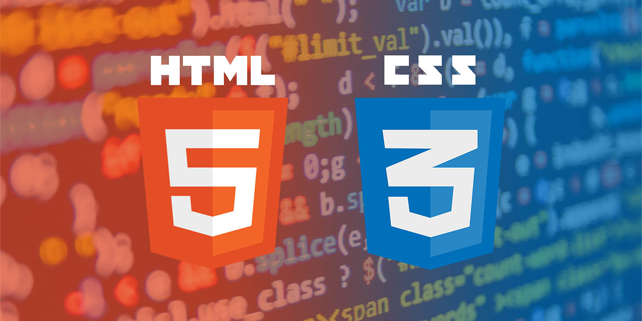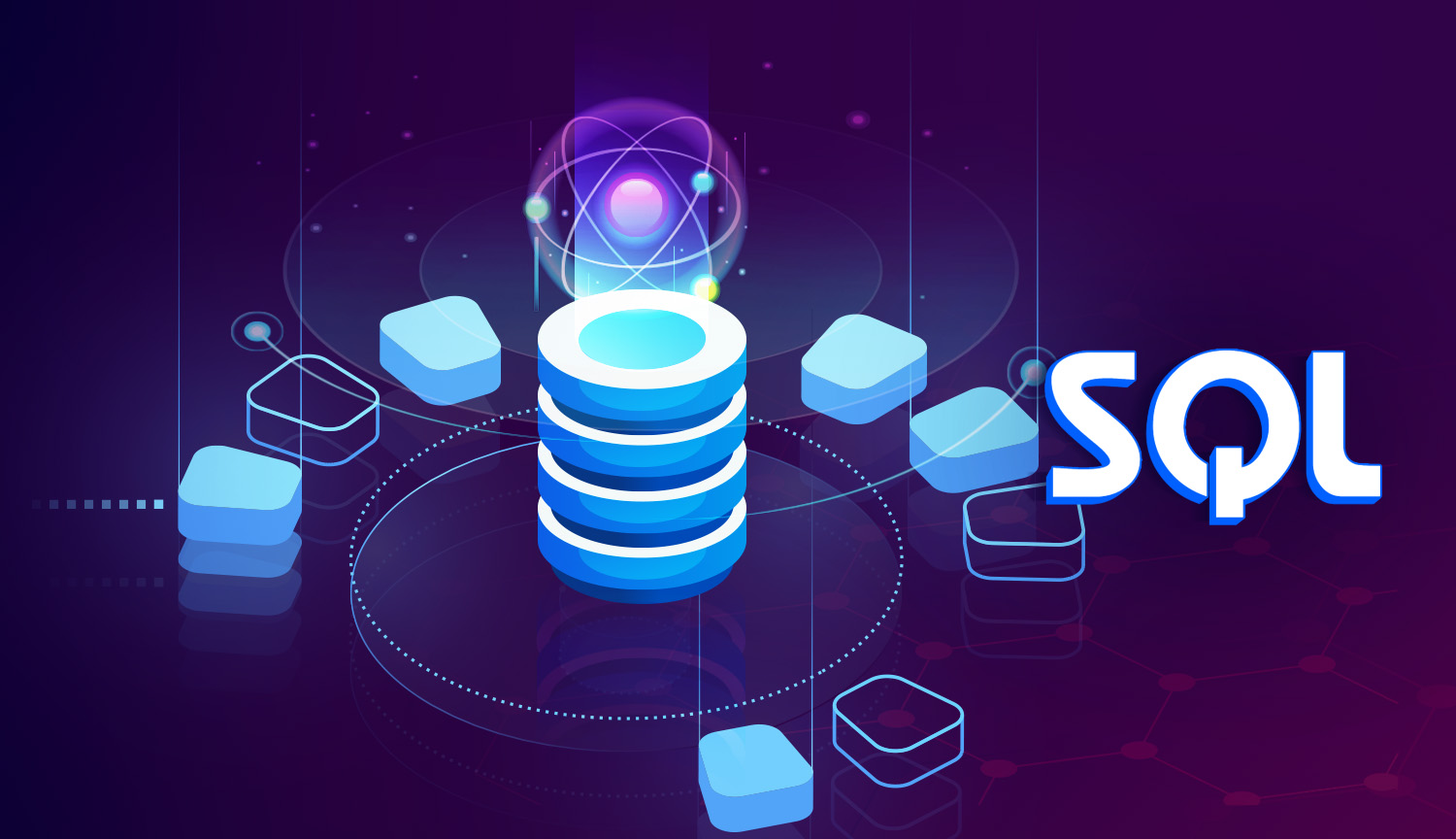Python, a high-level programming language, has been a favorite among developers, data scientists, and organizations for years. Its simplicity, versatility, and powerful libraries make it one of the most sought-after languages in the tech industry. But as technology evolves, one might wonder: Does Python have chances to grow in the future? Let’s explore why Python’s growth trajectory is set to continue and how it might shape the future of programming.
1. The Versatility of Python
Python's broad range of applications is a key factor in its continued growth. It is widely used in fields like:
Web Development: Frameworks like Django and Flask make web development faster and more efficient.
Data Science and Analytics: Python is a staple in data science, with libraries like Pandas, NumPy, and Matplotlib simplifying data manipulation and visualization.
Artificial Intelligence (AI) and Machine Learning (ML): Libraries such as TensorFlow, PyTorch, and scikit-learn make Python the go-to language for AI and ML projects.
Automation and Scripting: Python excels in automating repetitive tasks, saving time and effort for businesses.
This versatility ensures Python remains relevant across various industries, driving its growth.
2. Growing Demand in Data Science and AI
The fields of Data Science and Artificial Intelligence are experiencing exponential growth, and Python plays a crucial role in both. As companies increasingly rely on data-driven decision-making, the demand for tools and languages that can handle big data effectively is surging.
Data Analysis and Visualization: Python provides robust tools for analyzing large datasets and creating insightful visualizations. Its easy syntax allows even non-programmers to extract value from data.
AI and ML Development: Python’s simplicity, combined with its vast ecosystem of libraries, enables rapid prototyping and deployment of AI models. As AI adoption grows, Python's role in the tech stack solidifies further.
3. Community Support and Rich Ecosystem
One of Python's greatest strengths is its extensive and active community. This community contributes to:
Development of Libraries and Frameworks: The ecosystem is continually expanding, with new libraries being developed for emerging technologies.
Learning Resources: Python’s community offers abundant resources, including tutorials, forums, and documentation, making it accessible to beginners and professionals alike.
Problem Solving and Collaboration: Developers can easily find solutions to issues through community platforms like Stack Overflow or GitHub.
This robust support system ensures that Python remains an attractive choice for developers, fostering growth and innovation.
4. Adoption by Big Tech Companies
Major tech companies like Google, Netflix, Facebook, and Microsoft actively use Python in their technology stacks. These companies leverage Python for various purposes:
Google uses Python for its internal systems and popular services like YouTube.
Netflix relies on Python for personalized recommendations and data analysis.
Facebook employs Python in its infrastructure management and data processing tasks.
The continued adoption and endorsement of Python by industry giants serve as a testament to its reliability and scalability.
5. Ease of Learning and Use
Python's simple and readable syntax makes it an ideal language for beginners. This ease of learning is a critical factor in its widespread adoption. Educational institutions worldwide are including Python in their curricula, ensuring a steady influx of new Python developers.
As more people learn Python, the language’s community and ecosystem will grow, leading to further innovation and use cases.
6. Emerging Trends and Future Opportunities
Several emerging tech trends offer exciting opportunities for Python to grow:
IoT (Internet of Things): Python is increasingly used in IoT development due to its lightweight and efficient nature.
Cloud Computing: As cloud technologies expand, Python’s compatibility with cloud platforms like AWS, Google Cloud, and Azure ensures its continued relevance.
Blockchain Development: Python is making inroads into blockchain technology with frameworks like Pyethereum and web3.py.
Quantum Computing: Libraries such as Qiskit and Cirq are making Python a key player in the emerging field of quantum computing.
These areas are poised for growth, and Python’s adaptability positions it to thrive in these domains.
7. Challenges and Competitors
While Python’s future looks bright, it faces competition from other languages like JavaScript, Go, and Rust. Each language has its unique strengths and use cases. However, Python’s established presence in diverse fields, coupled with its continuous evolution, keeps it ahead of the curve.
To stay competitive, Python must address challenges such as performance limitations in resource-intensive applications. Fortunately, ongoing developments like Cython and JIT (Just-In-Time) Compilers are helping bridge these gaps.
8. Conclusion: A Promising Future for Python
In conclusion, Python’s chances to grow in the future are exceptionally high. Its versatility, growing adoption in AI and data science, strong community support, and ease of use ensure its relevance in an ever-evolving tech landscape. Emerging trends in IoT, cloud computing, and quantum computing present new opportunities for Python to expand its reach.
For businesses and developers, investing in Python today means staying ahead of the curve and harnessing the power of a language that is shaping the future of technology.



_(1).jpg)
_(2).jpg)
.jpg)

_(1).jpg)

.jpg)
.jpg)
.jpg)
.jpg)
.jpg)


.jpg)
_(1).jpg)
.jpg)
.jpg)


_(1).png)

.png)

1.png)
































4.png)








0 Replies to “Does Python Have Chances To Grow In Future ? ”
Leave a Reply
Your email address will not be published.